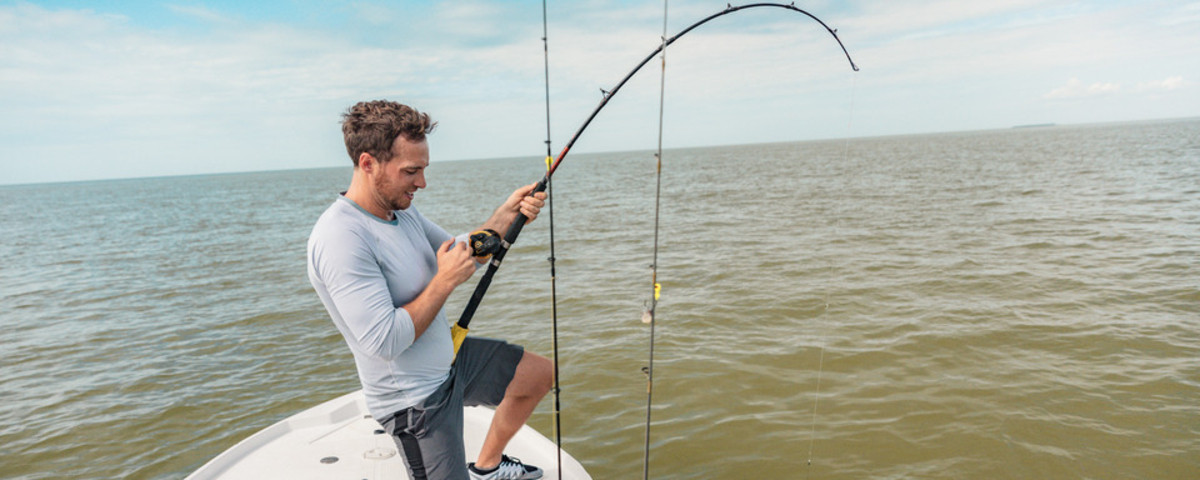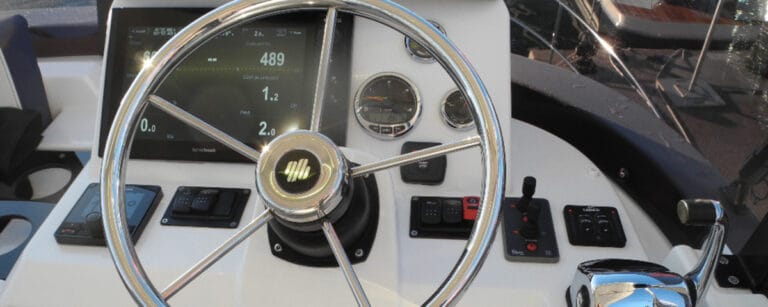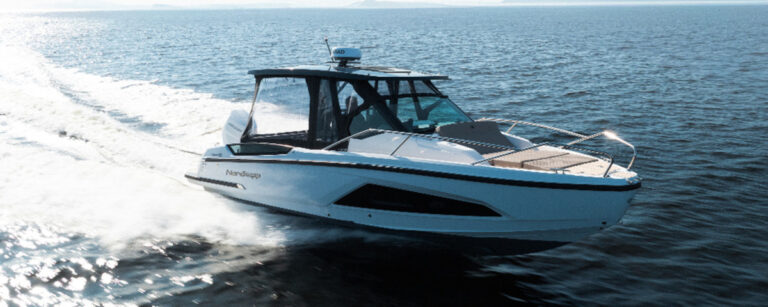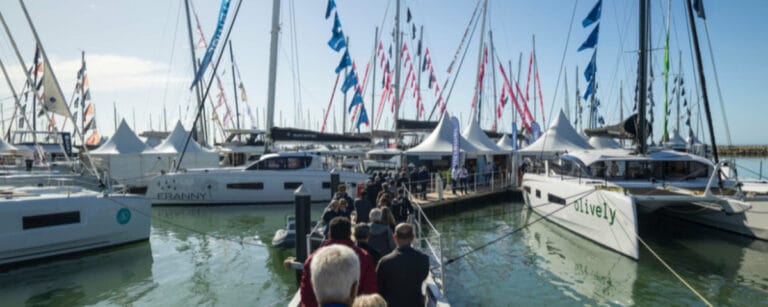Boat fishing: Mastering the downrigger to hunt predators in depth
Understanding and Using Downriggers for Fishing
What exactly is a downrigger?
Imagine an articulated arm fixed to your boat, equipped with a strong cable (often steel) at the end of which a heavy weight, called a “sinker,” is attached. Your fishing line is then attached to this cable using a small clip that releases when a fish strikes. The goal is to lower your lure or bait to a precise depth while maintaining a free and natural line.
The downrigger isn’t a complicated winch. It can be manual or electric, but in both cases, its operation is quite intuitive. And contrary to what one might think, it’s not just for competitive anglers or deep-sea fishing trips. In freshwater too, especially on large lakes, it’s a real asset.
Why use a downrigger?
When fish are on the surface, there’s no need for artifice. A spoon or diving lure is enough. But as soon as the temperature rises, predators like walleye, pike, or lake trout descend to seek a bit of coolness. They can remain glued to the thermocline (the layer of water where the temperature drops sharply) for hours. By fishing on the surface, you completely miss them.
The downrigger allows you to present your lure right at the correct depth, with complete stability, even when slow trolling. You stay in the fish’s holding zone without having to excessively weight your line or sacrifice the lure’s action. The result: more strikes, less fatigue, and often spectacular attacks.
How to use it effectively?
The key is precision. Before lowering your lure, take the time to locate the fish with a fish finder. Note the average depth of the echoes, then adjust your sinker accordingly. If the predators are at 25 meters, lower your cable to 24 or 26, but no higher. The line, attached to the clip, will then trail just behind, ready to release at the slightest pull.
Another important point: the clip’s tension. Too weak, and the lure will detach at the slightest ripple. Too strong, and you risk never feeling the strike. You must therefore find the right balance and test several settings according to the size of your baits.
Finally, don’t forget to adapt your speed. When trolling, it’s best to stay between 2 and 3 knots to give the fish time to come up and attack. The downrigger also works vertically or stationary, but it’s in motion that it performs best.
Small extras that make a difference
- Add an attractor (like a flasher or dodger) above the sinker: its movement attracts curious fish.
- Vary the depths by regularly changing the cable setting. Sometimes, one meter more is enough to trigger an attack.
- Keep an eye on the fish finder: if the echoes move, move too.
A tool that changes the game
Using a downrigger is a bit like moving to a higher level. You don’t need to be a pro or break the bank, but you need to take the time to understand how it works. Once mastered, it opens up a new playing field, especially on large lakes or deep areas.
Whether you’re hunting a pike hiding under the thermocline or a salmon that runs along a break, the downrigger gives you the means to fish where others don’t go. And often, that’s where the most beautiful specimens are found.
Enjoyed this post by Thibault Helle? Subscribe for more insights and updates straight from the source.






